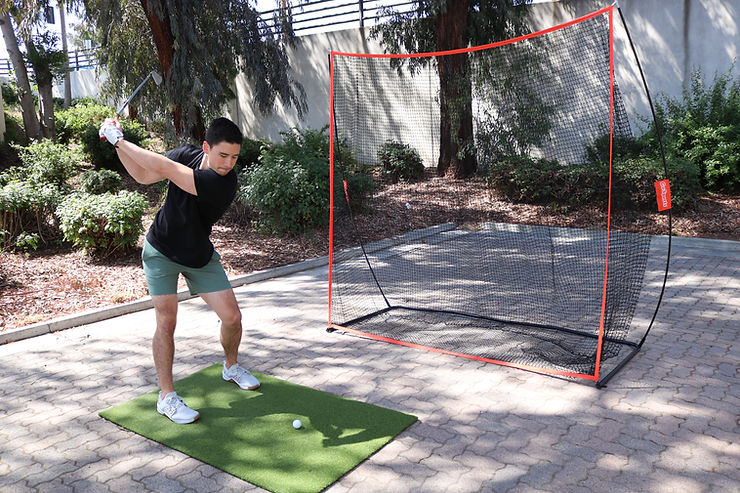It’s a Thursday evening and you are working out at the gym. You come down from
a box jump off balance and roll your ankle during the landing. You begin to experience immediate pain and when you get home you remember what your high school P.E. teacher told you- RICE (rest, ice, compress, elevate). You throw a bag of frozen peas on your ankle and prop your leg up.
Let’s do a little deep dive into why ice and the RICE method, while previously a staple in sports medicine and injury treatment, are now becoming a thing of the past. As physical therapists, we are constantly exploring the most up to date research on how to optimize treatment, recovery, and performance. What we might say may be controversial, but ice could actually be slowing down your healing.
First things first, why do we ice?
Common answers may be “to decrease swelling or inflammation”, “decrease pain”, and “protect the injury from further damage”
Here are the facts:
-Inflammation is not bad!
-Inflammation is an essential and natural part of the healing process
-Inflammation and ”Swelling” are not synonymous
Immediately following an injury, white blood cells rush to the area initiating the first stage of healing, or the Inflammatory Phase. These cells help to avoid infection and remove damaged tissue. Imagine an accident on the freeway. Blood vessels (arteries, veins, and capillaries) are the roads, and white blood cells are the police cars, ambulance, and fire trucks rushing to the scene. They act as the emergency response team whose role is to assess and clean up the damage. During this time, these cells also release a hormone that begins to promote the next phase of healing (repair phase), which starts to rebuild tissue.
Sounds good right? When we ice, it constricts the blood flow to the area and can actually delay the healing process. It would be like obstructing 5 out of the 6 lanes leading to our freeway accident.
Ice typically promotes immobility and decreases activity, causing swelling to pool in the injured area. Motion promotes blood returning to the heart and waste being excreted from the body. Swelling occurs with a build up of waste within the system causing pain, heat, and decreased range of motion. Accordingly, at this point during an injury, we need to evacuate the area. This is where the lymphatic system comes in- the body’s clean up crew responsible for removing damaged tissues and waste from the body.
The lymphatic system is a passive system; it cannot run on its own and needs an engine to power it. Your muscles act as the engine and are powered by muscle contraction or motion. So, in order to evacuate the waste and debris and progress with the healing process, motion is essential. If motion is the catalyst to healing, ice would be the inhibitor, delaying the removal of waste from the injured area and hindering our recovery.
Of course there are always exceptions such as fractures and post-surgical cases where immobilization is needed would certainly not warrant immediate motion.
Let’s get one thing clear, I am not telling you never to ice. Ice does have its benefits like decreasing pain and soreness. I simply want to help you understand what applying ice may be doing in the physiological process of healing. What I am saying is, maybe think twice before slapping a bag of ice on that sprained ankle if you really want to optimize healing.
If you would like to learn more about us or take a more active approach to recovery, visit our website and talk to one of our physical therapists today.
Dr. Ricky Braun PT, DPT, ATC, TPI-L1




